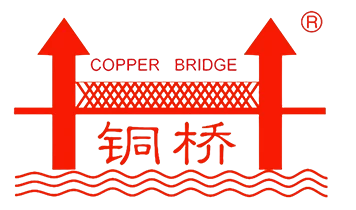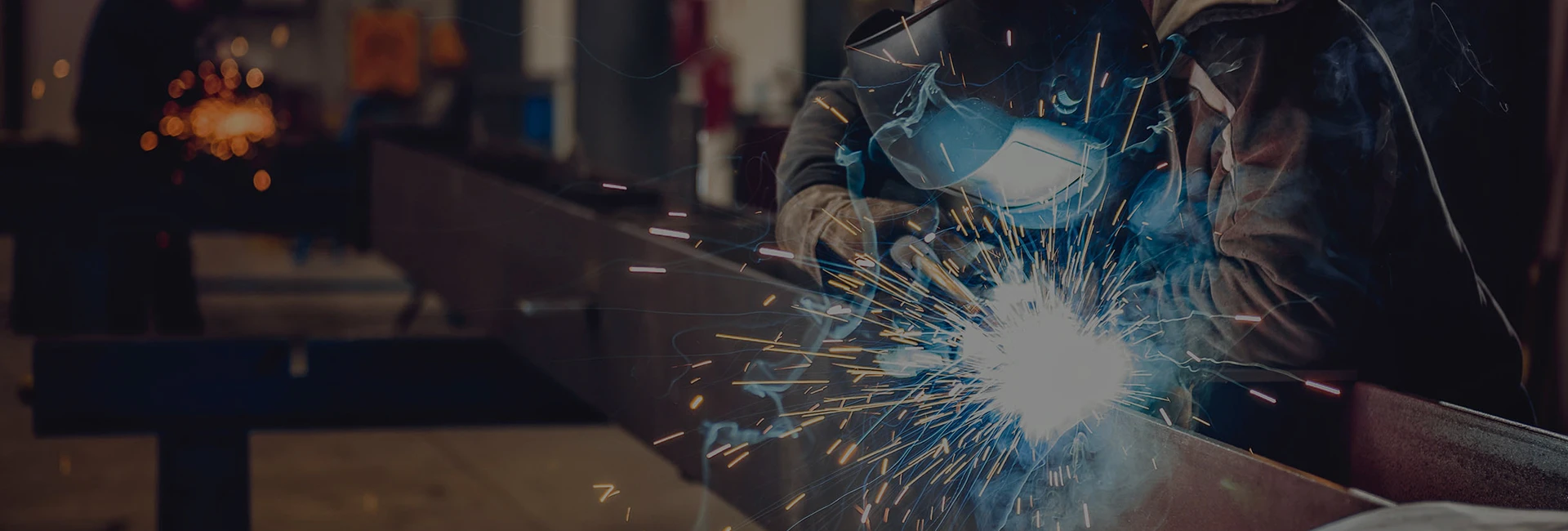Gas-shielded solid welding wire is a continuous, solid electrode used in Gas Metal Arc Welding (GMAW), commonly known as MIG welding. It works in combination with a shielding gas, such as CO₂, argon, or a mixture of the two, which protects the weld pool from atmospheric contamination like oxygen, nitrogen, and moisture. This shielding gas creates a stable arc and ensures a clean, strong weld.
The wire is fed automatically through a welding torch from a spool, making the process efficient and suitable for long, continuous welds. The solid wire acts as both the electrode, which generates heat when an electrical current passes through it, and the filler metal, which joins the base materials. Gas-shielded solid welding wire is typically made of materials like carbon steel, stainless steel, or aluminum, depending on the application.
What Are The Advantages Of Using Gas-Shielded Solid Welding Wire Compared To Other Types Of Wires?
Gas-shielded solid welding wire offers numerous advantages over other types of welding wires, such as flux-cored wires and coated electrodes, making it a popular choice for many welding applications.
One key advantage is its ability to produce cleaner, high-quality welds with minimal spatter. Since the shielding gas protects the weld pool from contamination, the solid wire does not produce slag, unlike flux-cored wires or stick electrodes. This reduces the need for post-weld cleanup, saving time and labor costs.
Another benefit is the high deposition efficiency of solid welding wire. Because it is a continuous wire fed automatically through a welding torch, there is less material waste compared to stick electrodes, which have stubs left over. The continuous feed also allows for longer welds without interruption, improving productivity in large-scale applications like automotive assembly or pipeline construction.
Gas-shielded solid wires are also versatile and suitable for welding various metals, including carbon steel, stainless steel, and aluminum. The use of shielding gases like argon, CO₂, or argon-CO₂ blends allows welders to achieve different results, such as deep penetration or reduced spatter, depending on the application’s requirements.
Additionally, solid welding wire is ideal for automated and robotic welding due to its consistent feed and stable arc characteristics. This makes it a preferred option for industries requiring precision and high-speed welding.
However, gas-shielded solid welding wire does require a clean work environment, as the shielding gas can be disrupted by wind or contaminants. Proper gas selection and equipment setup are also crucial for optimal performance.
What Factors Should Be Considered When Selecting Gas-Shielded Solid Welding Wire?
When selecting gas-shielded solid welding wire, several critical factors must be considered to ensure strong, reliable welds that meet the application’s requirements.
First, the material type being welded is a key factor. Solid welding wires are available for different base metals, including carbon steel, stainless steel, and aluminum. For instance, ER70S-6 is a popular solid wire for mild steel, while ER308L is commonly used for stainless steel applications. Ensuring compatibility between the wire and base material is essential for achieving good mechanical properties.
Next, the shielding gas must be selected based on the material and desired weld characteristics. Pure CO₂ provides deep penetration but produces more spatter, while an argon-CO₂ mixture balances penetration and weld cleanliness. For stainless steel, argon with small additions of oxygen or helium enhances weld quality.
The wire diameter is another important factor. Thicker wires (e.g., 1.2 mm) are suitable for heavy materials, as they allow for higher deposition rates, while thinner wires (e.g., 0.8 mm) are ideal for thin sheets to reduce heat input.
Welding position and process requirements also influence wire selection. Some solid wires are formulated for all-position welding, making them suitable for complex joints and overhead welding. The chosen wire must also match the power source (DC or pulsed current) and welding parameters, such as voltage and feed speed.
Lastly, consider the application environment and performance requirements. For example, outdoor welding may require shielding gas adjustments to avoid disruptions from wind. Applications demanding precise, clean welds, such as automotive or pressure vessel welding, require wires with excellent arc stability and minimal spatter.






